Employers:
We know that unemployment fraud has been a challenge for employers nationwide. The Ohio Department of Job and Family Services appreciates your efforts to report it to us, so we can stop payment and take other needed actions. This week, we updated the information for employers on our website to clarify the steps employers should follow if they or their employees are affected:
Step One: Report Identity Theft to ODJFS through the website or hotline
Complete this secure online form or call (833) 658-0394. If you use the online form, you will be prompted to download an Excel template, enter the requested data in the template, and upload the file as instructed. ODJFS will process the information, conduct investigations and, if necessary, issue corrections to the Internal Revenue Service (IRS) on any 1099s issued to victims.
Step Two: Continue to respond to any “Request for Separation Information” notices that you receive from us
Please respond timely to these notices and write "fraud/identity theft" on them so that we can investigate the claims and take appropriate actions. The most expedient way for employers to respond to Request for Separation forms is by responding via your online account or by using the State Information Data Exchange System (SIDES) portal.
Step Three: Share resources with your employees
Please share the resources for individuals on this website with the employees at your organization. This web page includes a link to the IRS guidance regarding identity theft involving unemployment benefits and other measures individuals can take to protect themselves.
We recognize that reporting suspected fraud through both Step One and Step Two may be an inconvenience, but both steps are necessary to reduce the likelihood that fraudulent claims will be paid.
As a reminder, you can access the online reporting portal, identity theft resources, and frequently asked questions and answers at unemployment.ohio.gov, by clicking on the red “Report Identity Theft” button.
Thank you again for your time and cooperation.
Sincerely,
Office of Unemployment Insurance Operations
